Pashupatinath Temple
Sacred grounds of Lord Shiva
The Pashupatinath Temple holds the distinction of being Nepal’s most significant Hindu temple.
Located in Kathmandu, this sacred temple draws countless devotees who come to worship Lord Shiva. The temple complex, which earned UNESCO World Heritage Site status in 1979, represents a magnificent example of Hindu temple architecture that has endured through centuries.
The spiritual significance of Pashupatinath
The temple’s connection to Lord Shiva runs deep within Hindu mythology. According to ancient texts, Lord Shiva once took the form of an antelope and roamed the area. When the other gods finally caught up with him, he left behind one of his horns, which became the first shrine of Pashupatinath.
The main shrine houses a Shiva lingam, serving as the central point of worship. Hindu devotees consider this shrine particularly sacred, believing it possesses divine energy that fulfils spiritual aspirations.
Temple architecture and design
The main Pashupatinath Temple features distinctive Nepalese pagoda architecture. Its two-tiered golden roof, silver doors, and intricate wood carvings showcase the exceptional craftsmanship of ancient Nepalese artisans. The temple complex encompasses more than 518 temples and monuments spread across a vast landscape.
Sacred rituals and ceremonies
Traditional ceremonies at this Hindu temple occur from dawn until dusk. Priests perform the five daily aartis, accompanied by the rhythmic sounds of bells and traditional instruments. During festivals like Shivaratri, the temple transforms into a hub of spiritual energy, with thousands of devotees participating in elaborate ceremonies.
The Bagmati River connection
The sacred Bagmati River flows beside the temple complex, adding to its spiritual significance. Hindu beliefs consider the river holy, and its banks serve as cremation grounds where religious ceremonies take place. The temple’s location along the river creates a profound connection between life, death, and spiritual liberation.
Throughout history, the Pashupatinath Temple has maintained its position as a crucial centre for Hindu spiritual practices. The temple complex demonstrates remarkable resilience, surviving natural disasters and political changes while preserving its cultural and religious importance.
The temple’s influence extends beyond religious significance. Its presence has shaped the cultural landscape of Kathmandu, contributing to the city’s rich heritage. The traditional customs and practices observed here offer insights into Nepal’s deep-rooted spiritual traditions.
From the mesmerising sound of prayer bells to the aromatic essence of burning incense, the atmosphere within the temple complex creates an environment of profound spiritual connection. Each corner of this sacred space tells stories of devotion, faith, and centuries-old traditions that continue to thrive in modern times.

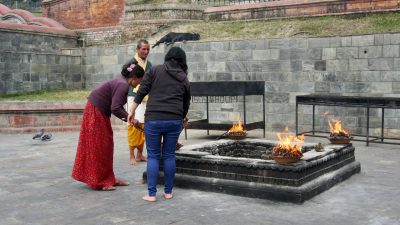
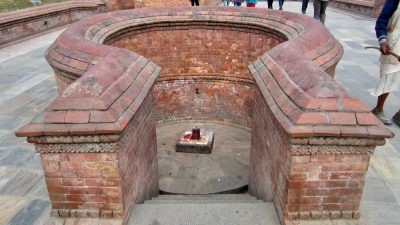


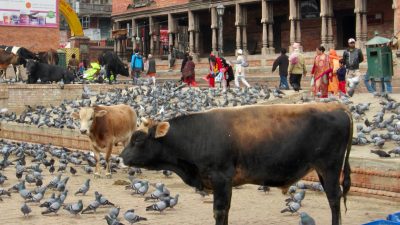

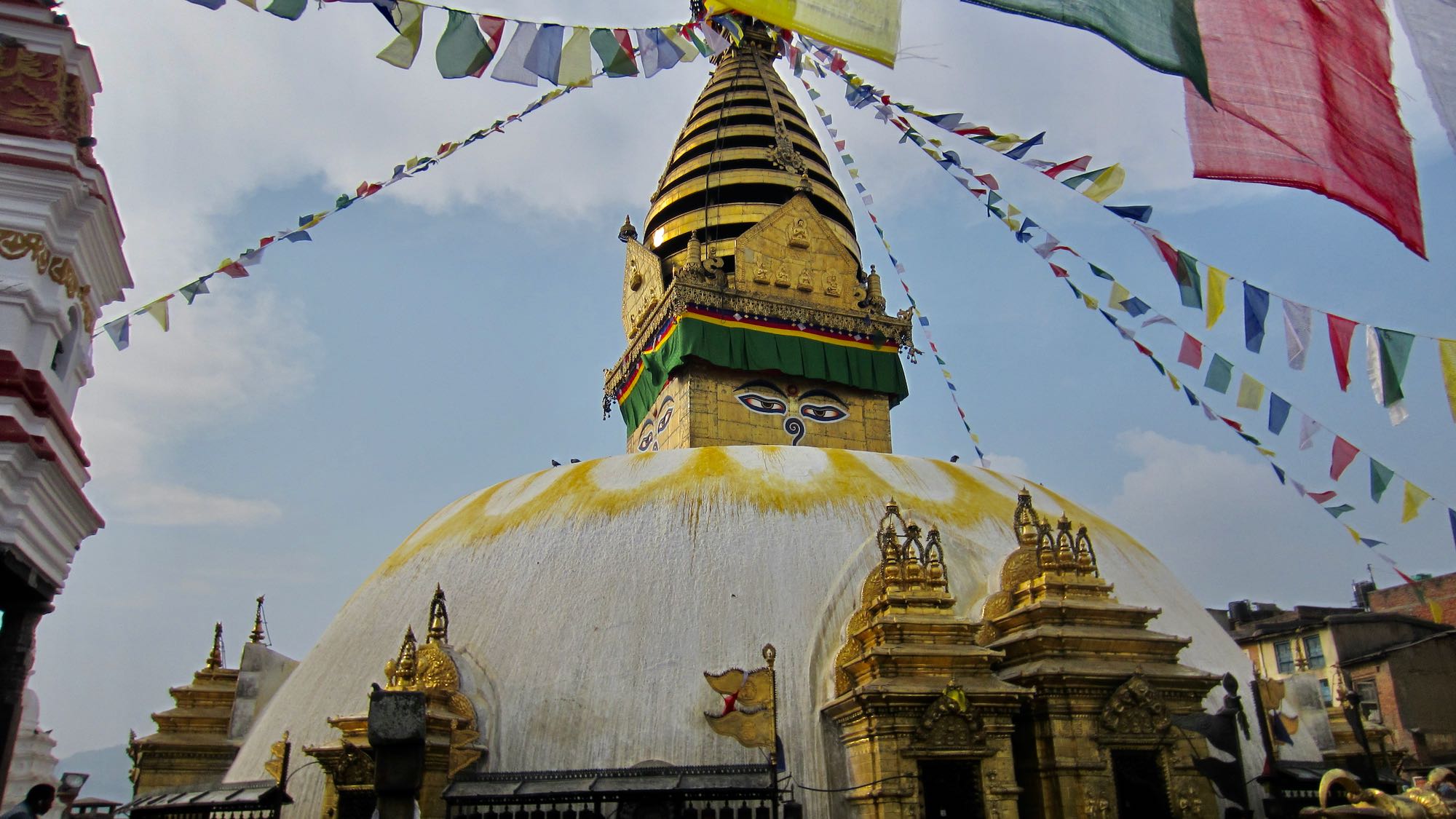
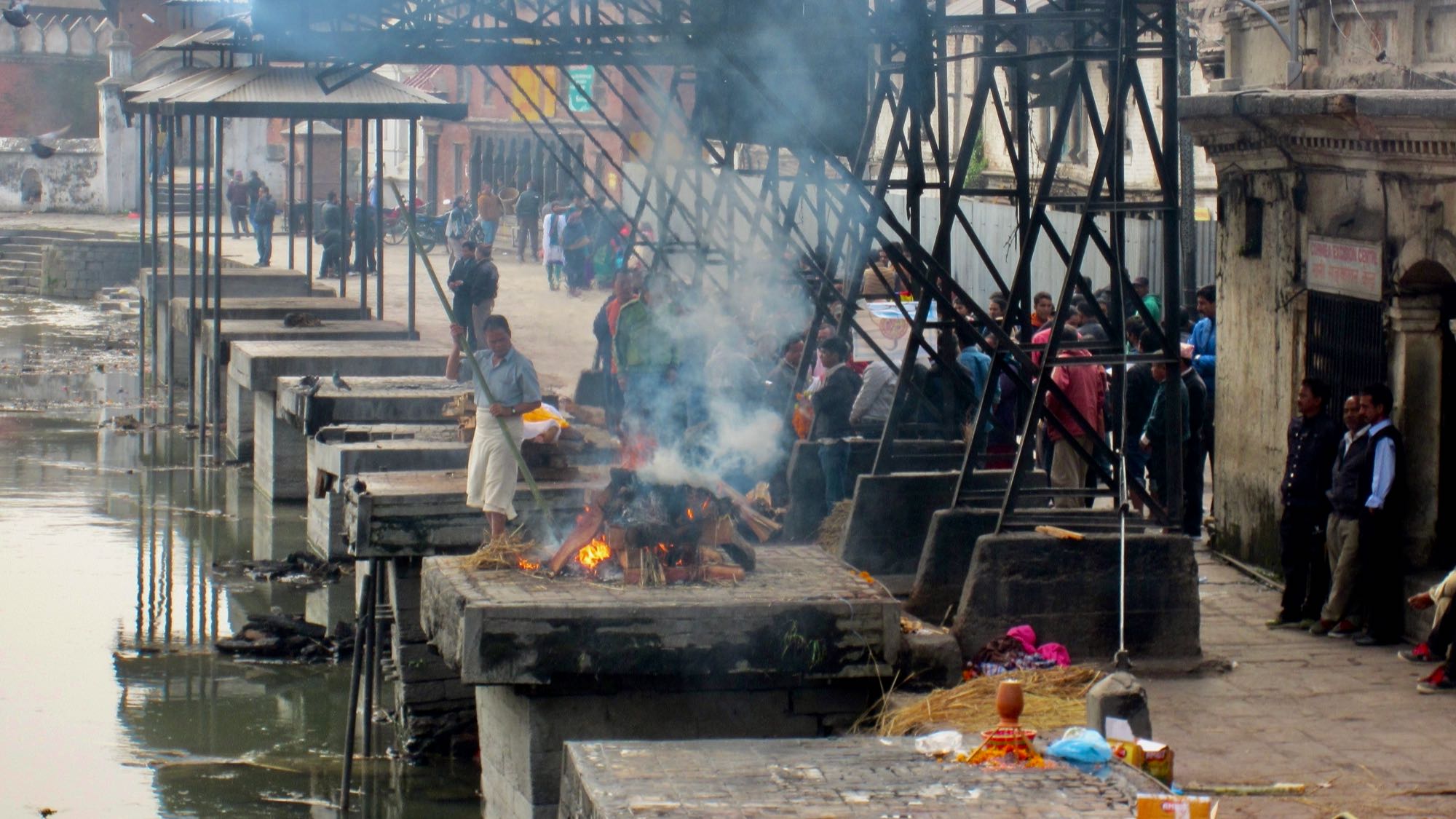


Leave A Comment